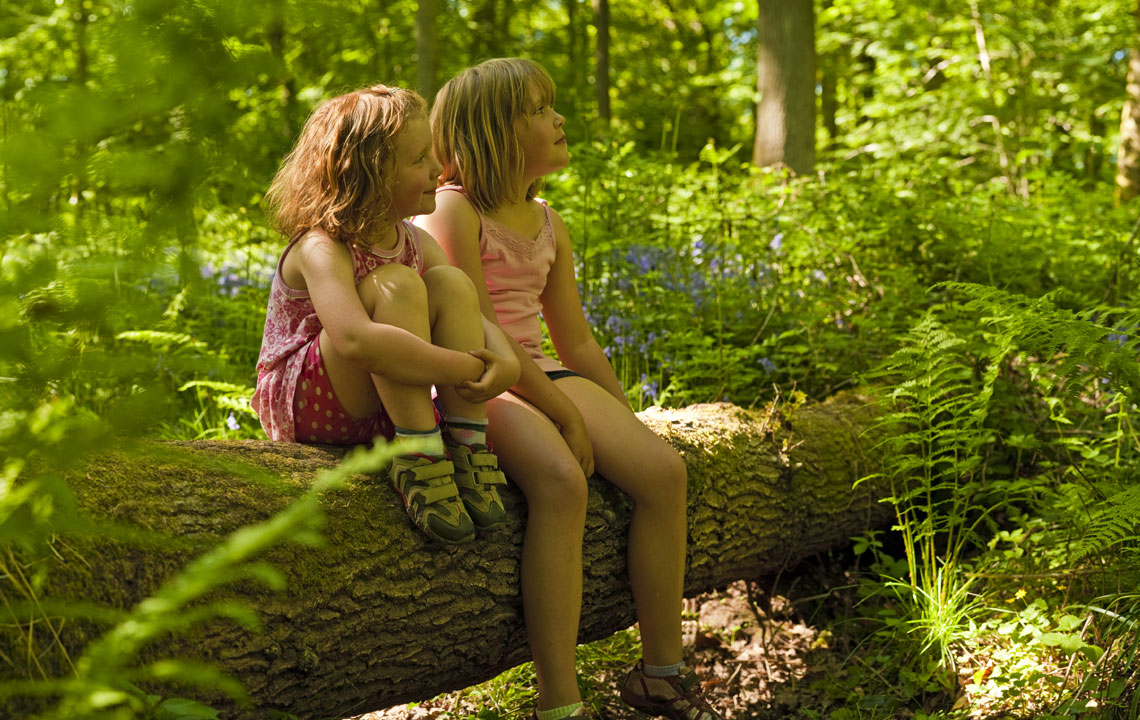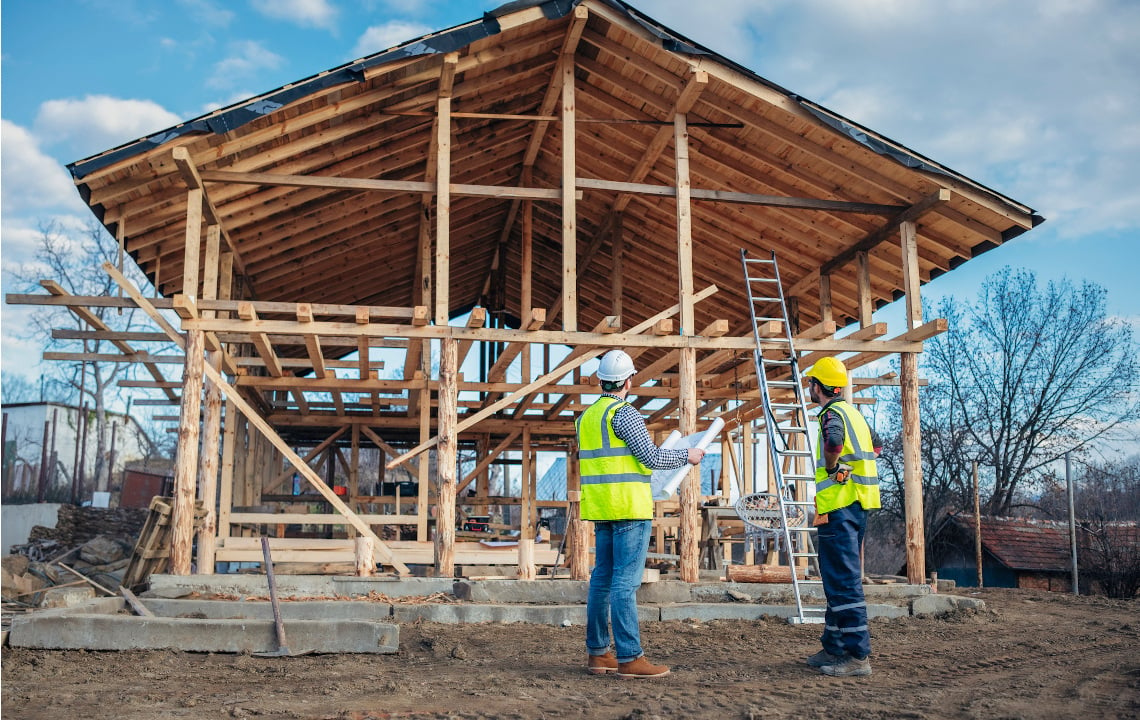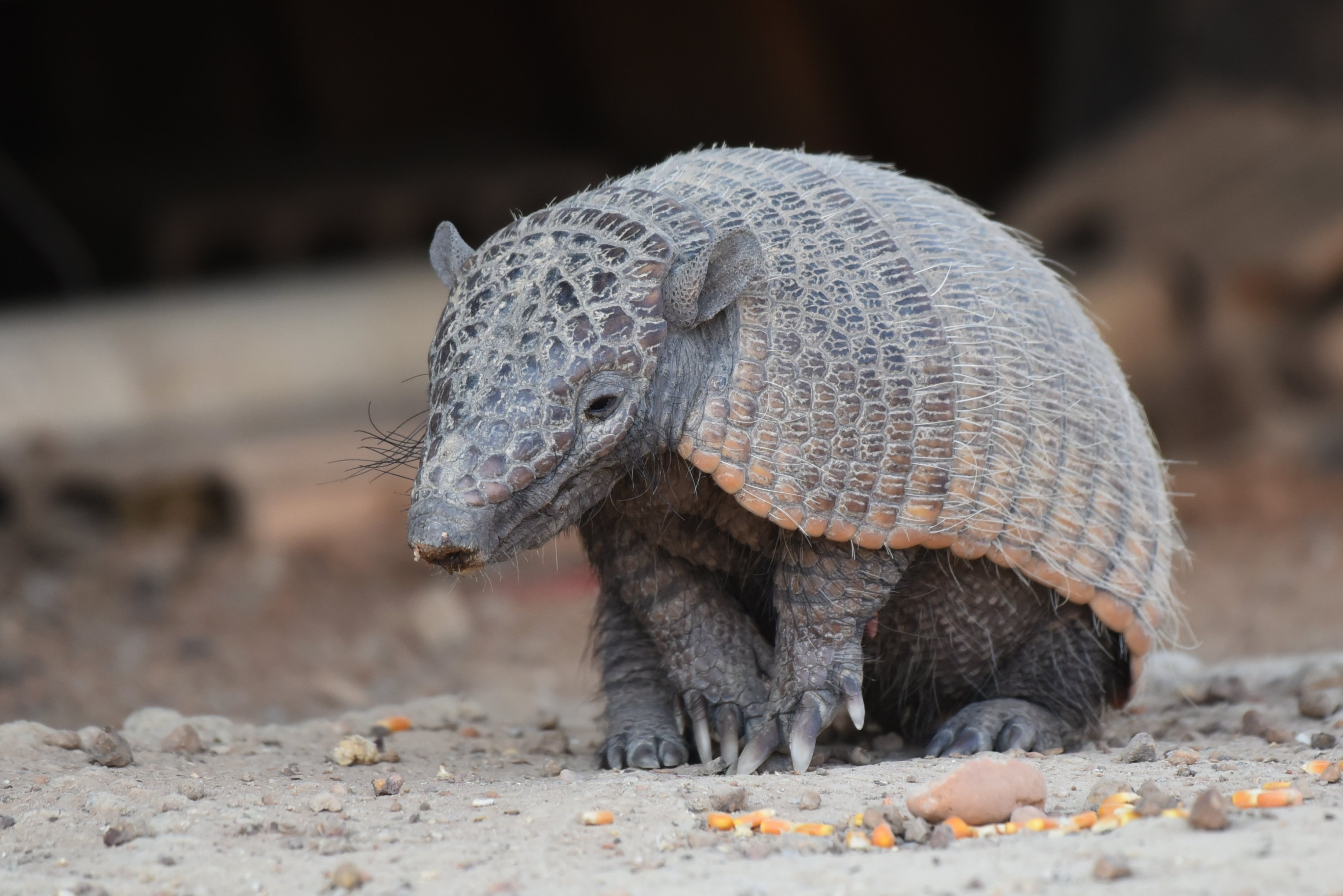Health writer Kristen Boye looks at the latest scientific studies showing how rural living builds powerful immunity in people.
I grew up on an organic farm in rural British Columbia, about an hour outside Vancouver.
It was a beautiful property with a creek, rope swing, plenty of dirt roads for bike riding, two barns with a variety of livestock, a pond for catching tadpoles, and lush forests lined with walking trails.
Despite our relentless pleas to lounge around inside watching TV or playing dolls, my mom ALWAYS kicked us outside to “get some fresh air” and find our own fun.
Rain or shine (and it’s usually raining in the Pacific Northwest), wind or snow, going outside was never an option. It was a requirement.
And you know what? Apart from the typical seasonal cold or short bout with the flu, we were rarely sick.
None of us had asthma, anxiety, or any of the common childhood diseases that plague today’s families.
Until recently, I would have attributed my childhood health to the organic food and supplements our hippie parents gave us. But I now believe time spent outdoors played a dominant role in cultivating our strong and diversified microbiomes.
What is a microbiome?
In a nutshell, your microbiome is your inner ecosystem—a personal collection of over 1 trillion microbes found in your nasal passages, mouth, gut, genitals, and on your skin.
Sound gross? Maybe a little. But the balance of these germs, fungi, and bacteria is key to our immunity. No germs, no health!
Want to hear the really cool part (if you’re starting to feel queasy just stick with me a minute)?
These microbiota contain their own set of reprogrammable genes—hence the microbiome is often called the “second genome.”
I don’t know about you, but my mind was blown when I learned this. A whole new and flexible genome we never knew about until a few years ago?!
Game changer.
The newly discovered microbiome is SUCH a big deal, the United States Department of Health and National Institutes of Health contributed $153 million dollars toward researching its effects on public health and well-being.
The Western microbiome
 Research has shown, the typical Western microbiome (that’s us, America) has a pretty unhealthy ratio of beneficial to harmful microbes.
Research has shown, the typical Western microbiome (that’s us, America) has a pretty unhealthy ratio of beneficial to harmful microbes.
Why?
It appears to stem from too many antibiotics, not enough cultured foods, too much processed, ultra-sterile food, and… not enough time spent mucking around outdoors.
Basically, we’re clean freaks. By waging our modern war on germs through hand sanitizers and anti-bacterial-everything, we’ve accidentally nuked our bodies' microbial defenses.
Oops.
The good news is, our bodies are incredibly resilient and our microbiomes can be restored to their former glory.
The really good news for us nature-lovers is that rural life and time spent outdoors play key roles.
Here’s what science has to say about how country life, fresh air and the outdoors help build a well-diversified microbiome and, in turn, boost our immunity.
Playing in dirt boosts helps curb depression
According to this article from Livescience.com (also reported on NBC), a soil microbe called Mycobacterium vaccae helped with coping skills and alleviated depression in animal and human trials.
Scientists don’t know exactly why it works, but they think it has to do with the microbe’s action on balancing serotonin levels.
A lack of serotonin in the brain is believed to cause depression.
Coincidentally, according to Michael Gershon, chairman of the Department of Anatomy and Cell Biology at New York–Presbyterian Hospital/Columbia University Medical Center, up to 95% of serotonin is found in the gut—also home to a large percentage of our microbiota.
Sleeping Outside Encourages Healthy, Nap-loving Children (yes, outside in the freezing cold)
In Nordic countries such as Sweden and Finland, parents (and daycares) routinely bundle up their babies and toddlers and place them in their strollers to nap outside…even in below-freezing winter temperatures.
Why on earth would generations of parents and caregivers do this to the children they love?
To enhance their health and help them to sleep more soundly, of course.
The theory is, exposure to the fresh, cold air makes children less susceptible to getting sick, and—according to the testimonies of generations of parents and this study—they sleep longer outside.
It would be easy to label this practice as “bizarre” or “unsafe,” except for the fact parents have been doing it for generations with stellar results.
These kids do sleep better, and appear to be helped and in no way harmed, by outdoor napping.
And it kind of makes sense. Don’t you sleep better with an open window or in a tent?
I wish I had tried this with my reluctant, wakeful napper…maybe the next one. (You can read more about this in our article, How Cold, Fresh Air Helps Your Health).
Letting in some fresh air builds your microbiome
This study shows how opening a window helps diversify your microbiome (as opposed to circulating recycled air).
Though the study relates to improving microbial air quality indoors, it also clearly explains that the more we breathe in fresh, clean, microbe-rich air, the better our health.
Essential oils found in trees increase your natural killer cells
Why do we feel so much better after a day spent hiking or a weekend spent camping in the woods?
Turns out, it all lies in the medicinal properties of trees.
Thanks to this new understanding of how nature affects immunity, “Forest Bathing” has become a popular practice and a regular doctor recommendation for city dwellers across Japan.
According to the Washington Post, “In the future, doctors may tell you to take two ‘doses of nature’ and call in the morning.”
Funny enough, as I started writing this article, this piece showed up in the Washington Post. It outlines the White House’s latest initiative to uncover links between the public’s well-being and the environment through focusing on the connections between climate change and public health. The article mentions growing concerns about health risks associated with city living, and a lack of access to nature and greenspace.
A team of scientists has begun researching how to define an ideal “dose” of nature to recommend to city dwellers. This illustrates perfectly how rural, nature-based living can improve our health and well-being.
This is not the first time I’ve written about the microbiome and health benefits of rural, outdoor living. And, with all the public, scientific, and government interest in the topic, it won’t be the last.
If you’re interested in learning more about the 1 trillion germs that make up your microbiome and how food, the outdoors, and modern life affects them, I highly recommend this article from the New York Times by Michael Pollan entitled: “Some of my Best Friends are Germs.”
In germ-filled health,
-Kristen

























